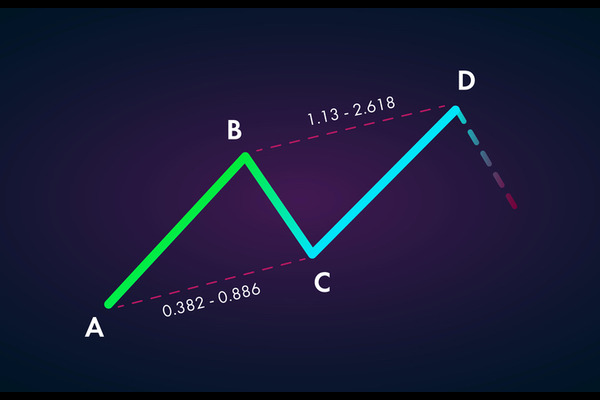Analysis of Risk Types in Bonds
2023-10-10
 Summary:
Summary:
Bond investment mainly focuses on credit, liquidity, and interest rate risks. Inflation, exchange rate, and policy risks also need to be considered.
The risk of bonds is a very important part of financial asset analysis. In
investment decisions, it is not only important to pay attention to the returns
of bonds but also to minimize risks as much as possible.

For bonds, risks mainly include the following three aspects:
-
default risk
Firstly, there is the risk of default, which many people are familiar with.
Bonds include Treasury bonds, municipal bonds, etc. Treasury bonds are usually
guaranteed by national credit, and default risk is almost negligible. However,
corporate bonds have different risks, as the company's operations may fluctuate,
leading to an increase in credit risk. Therefore, the first thing to focus on is
credit risk or default risk.
Regarding credit risk, bonds with different credit ratings vary. Credit
ratings are divided into three A levels, two A levels, and three B levels. It
should be noted that the maturities of these bonds are the same. By comparing
bonds with different credit ratings, the 3B-level corporate bond has the highest
risk, while the AAA-level corporate bond with the best credit has the lowest
risk. This is easy to understand because bonds with higher risks need to provide
higher returns to attract investors and compensate for potential risks.
It should be noted that these ratings are not determined by individuals but
rather by rating agencies. There are three major rating agencies in the United
States, including S&P, Moody's, and Fitch, which provide credit ratings for
bonds.
-
liquidity risk
The second characteristic of bonds is liquidity risk. Liquidity refers to the
degree to which an asset can be easily bought and sold. For example, a
short-term Treasury bond has high liquidity, but medium- and long-term bonds
have low liquidity. Different types of bonds also have different liquidity
because they contain different information and characteristics, which makes it
more difficult for them to trade in the market. For bonds with low liquidity,
investors usually need to pay a premium to compensate for the risk.
Liquidity risk is influenced by various factors, including bond types,
maturities, and trading venues. For example, treasury bonds usually have higher
liquidity than non-treasury bonds because they have no credit risk and are
relatively standardized investment options.
-
Interest rate risk
The third type of bond risk is interest rate risk, which refers to the
fluctuation of bond prices with market interest rate fluctuations. Bond prices
are determined based on market interest rates or discount rates, and as market
interest rates rise, bond prices decrease, and vice versa. This means that
investors may face the risk of a decrease in bond value, which is known as
interest rate risk.
Interest rate risk is influenced by characteristics such as the coupon rate,
maturity, and included options of a bond. Usually, the longer the term of a
bond, the greater the interest rate risk, as bond prices are more susceptible to
market interest rate fluctuations.
In addition to the three main risk categories mentioned above, the risk
categories of bonds also include:
-
inflation risk
Inflation risk refers to the fact that if the Inflation rate is higher than
the bond interest rate, the actual return on the bond will decrease. Because the
face value and interest payment of a bond are fixed, if inflation leads to a
decrease in purchasing power, the actual value of the bond will also
decrease.
-
exchange rate risk
Exchange rate risk refers to the risk arising from exchange rate fluctuations
when investors hold foreign currency bonds. When the domestic currency
depreciates, the local currency value of foreign currency bonds also decreases.
In addition, when paying the interest and principal on foreign currency bonds,
it is necessary to convert the domestic currency into foreign currency, which is
also affected by exchange rate fluctuations.
-
Policy risk
Policy risk refers to the impact of government policy changes on the bond
market. The adjustment of government policies may lead to changes in market
supply and demand, thereby affecting bond prices. For example, the government
may lower interest rates, causing bond prices to rise; the government may also
strengthen regulatory efforts, resulting in certain bonds being unable to be
listed for trading.
Disclaimer: This material is for general information purposes only and is not intended as (and should not be considered to be) financial, investment or other advice on which reliance should be placed. No opinion given in the material constitutes a recommendation by EBC or the author that any particular investment, security, transaction or investment strategy is suitable for any specific person.







